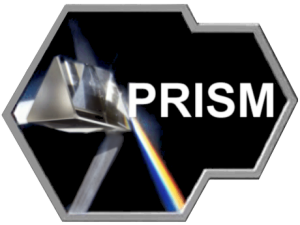A general overview article about free/libre and open source software in the context of health care to which I strongly contributed as co-author has recently been published in the IMIA Yearbook 2011. The abstract reads like this:
Objectives: To analyze the contribution of Free/Libre Open Source Software in health care (FLOSS-HC) and to give perspectives for future developments.
Methods: The paper summarizes FLOSS-related trends in health care as anticipated by members of the IMIA Open Source Working Group. Data were obtained through literature review and personal experience and observations of the authors in the last two decades. A status quo is given by a frequency analysis of the database of Medfloss.org, one of the world’s largest platforms dedicated to FLOSS-HC. The authors discuss current problems in the field of health care and finally give a prospective roadmap, a projection of the potential influences of FLOSS in health care.
Results: FLOSS-HC already exists for more than 2 decades. Several projects have shown that FLOSS may produce highly competitive alternatives to proprietary solutions that are at least equivalent in usability and have a better total cost of ownership ratio. The Medfloss.org database currently lists 221 projects of diverse application types.
Conclusions: FLOSS principles hold a great potential for addressing several of the most critical problems in health care IT. The authors argue that an ecosystem perspective is relevant and that FLOSS principles are best suited to create health IT systems that are able to evolve over time as medical knowledge, technologies, insights, workflows etc. continuously change. All these factors that inherently influence the development of health IT systems are changing at an ever growing pace. Traditional models of software engineering are not able to follow these changes and provide up-to-date systems for an acceptable cost/value ratio. To allow FLOSS to positively influence Health IT in the future a “FLOSS-friendly” environment has to be provided. Policy makers should resolve uncertainties in the legal framework that disfavor FLOSS. Certification procedures should be specified in a way that they do not raise additional barriers for FLOSS.
Karopka, T., Schmuhl, H., Marcelo, A., Molin, J. D., & Wright, G. (2011). Towards Open Collaborative Health Informatics – The Role of Free/Libre Open Source Principles. Contribution of the IMIA Open Source Health Informatics Working Group. Yearbook of medical informatics, 6(1), 63–72.
The full text article available via: Apfelkraut.org | PubMed | Schattauer
I am looking forward to your feedback!
